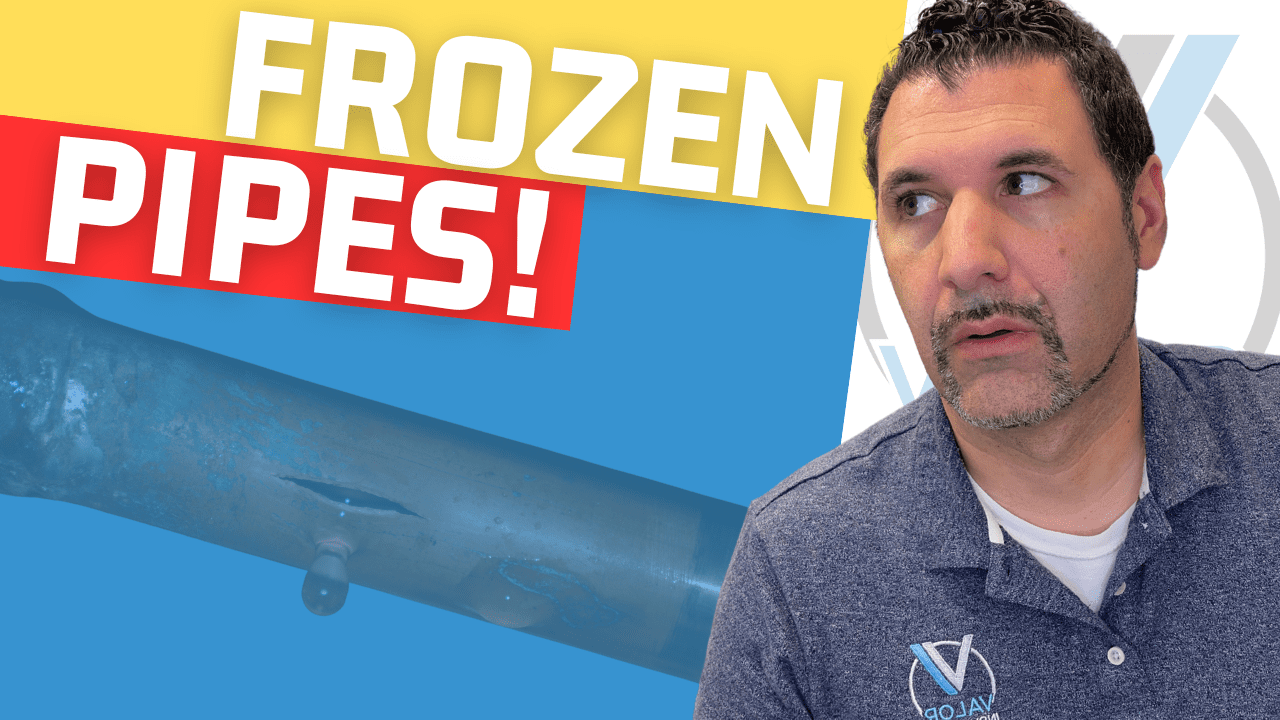
Protecting Your Home: A Guide to Preventing Frozen Pipes
Did you know that an 8-inch crack in a pipe can cause over 250 gallons of water to leak in a day? In this article, we’ll discuss the importance of preventing frozen pipes, the steps to take to avoid this issue, and what to do if you encounter a claim. According to a recent article from State Farm, there were over 32,000 claims related to frozen pipes, amounting to over $86 million in damages from August 2022 to August 2023. Even in Michigan alone, there were about $22 million in claims. This highlights the significance of protecting your home from the perils of frozen pipes.
Understanding the Risks
Anytime the temperature drops below 32°F, the risk of pipes freezing increases. Sudden temperature drops, inadequate insulation, and incorrect thermostat settings are the primary causes of frozen pipes. It’s essential to ensure that your home is adequately prepared for the cold weather to mitigate these risks.
Preventive Measures
- Insulate Your Pipes: Focus on insulating pipes located near outer walls, in the attic, or under sinks. Proper insulation can significantly reduce the risk of freezing.
- Use Heat Tape: In areas where insulation alone may not be sufficient, consider using heat tape to provide additional protection against freezing.
- Check for Air Leaks: Seal any air leaks near pipes to prevent cold air from causing them to freeze. This includes areas around windows, doors, and any openings in the walls.
- Let Faucets Drip: Allowing faucets to drip warm water slightly during extremely cold weather can help prevent freezing by keeping water flowing through the pipes.
- Open Cabinets and Increase Heat: Allowing warm air to circulate around pipes by opening cabinets and increasing the overall temperature in your home can provide extra protection.
- Know Your Main Water Shut-Off: In case of a pipe burst, it’s crucial to know where the main water shut-off is located to prevent further damage.
Responding to Frozen Pipes
If you suspect that your pipes are frozen, it’s important to act quickly. Start by leaving the affected faucet open and applying heat to the pipe using a hairdryer or heating pad. Avoid using open flames, as they can damage the pipes or cause a fire. Keep a close eye on the situation and be prepared to shut off the main water supply if necessary.
Dealing with Insurance Claims
In the unfortunate event of a frozen pipe causing damage to your home, it’s essential to take all necessary steps to prevent further damage. This includes promptly addressing any leaks, shutting off the main water supply, and seeking professional assistance if needed. Understanding your insurance coverage and having a clear plan of action can help streamline the claims process and minimize the impact of such incidents.By being proactive and taking these preventive measures, you can significantly reduce the risk of frozen pipes and the potential damage they can cause. Stay informed, prepare your home for the winter, and know how to respond effectively in case of a frozen pipe emergency.
